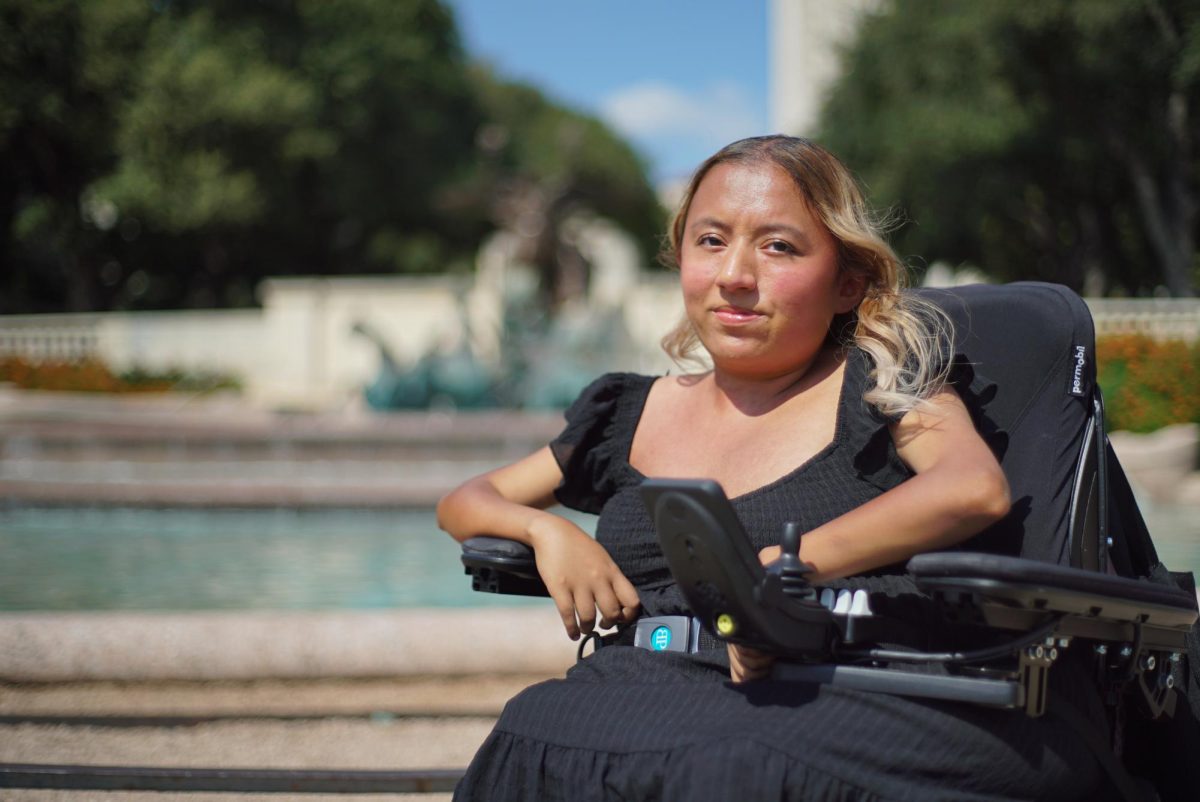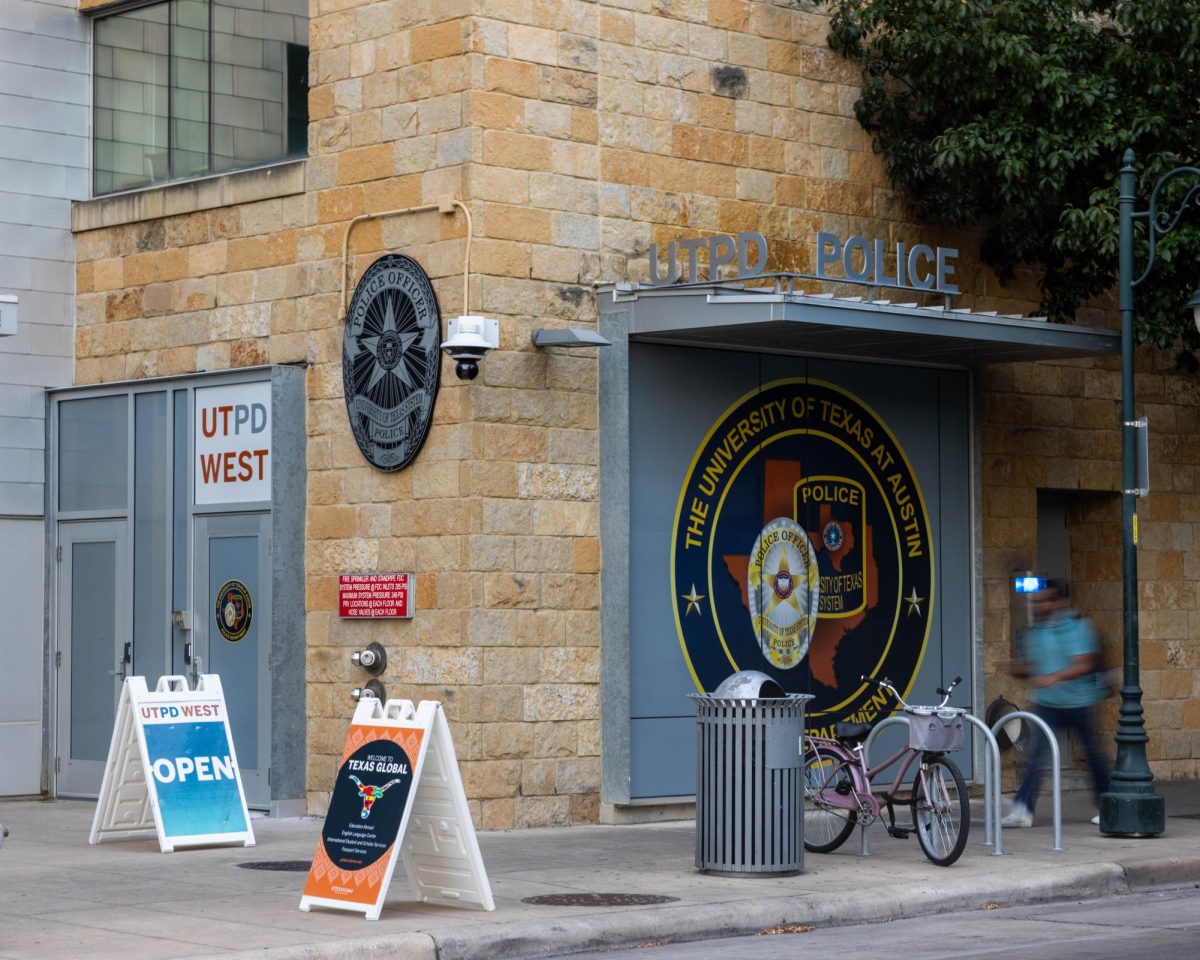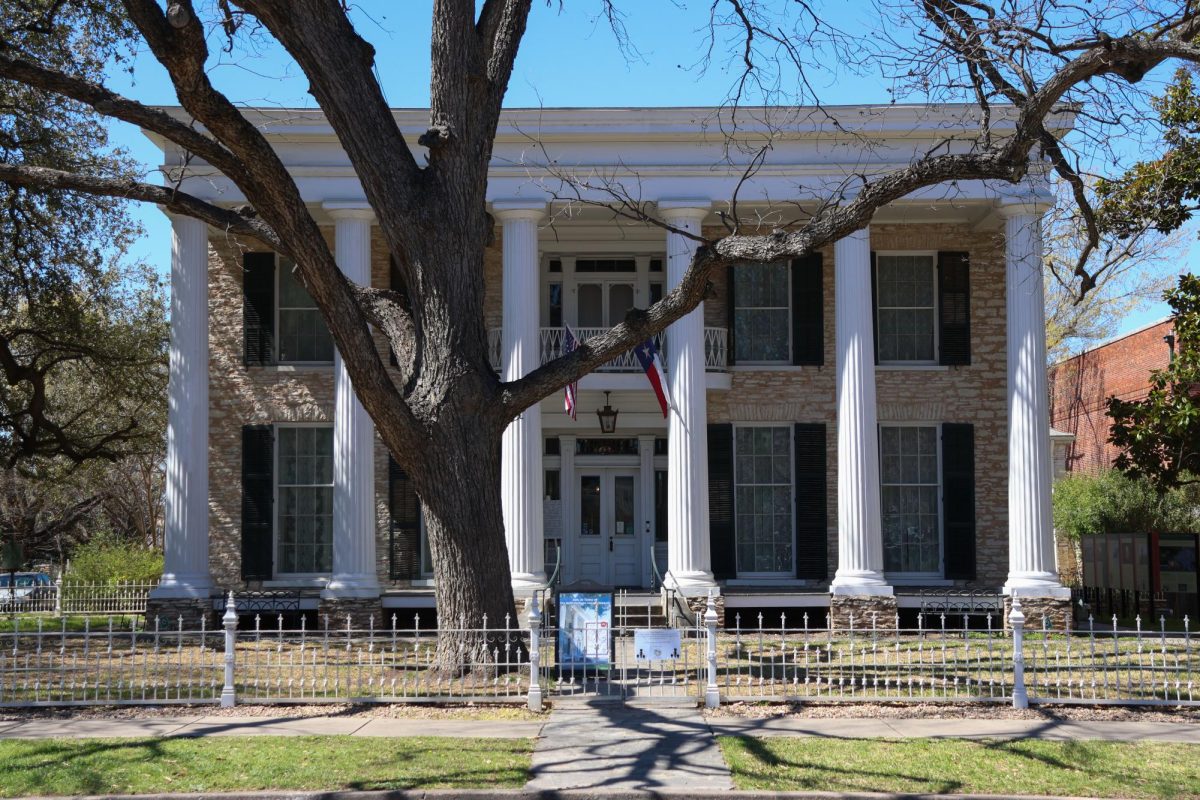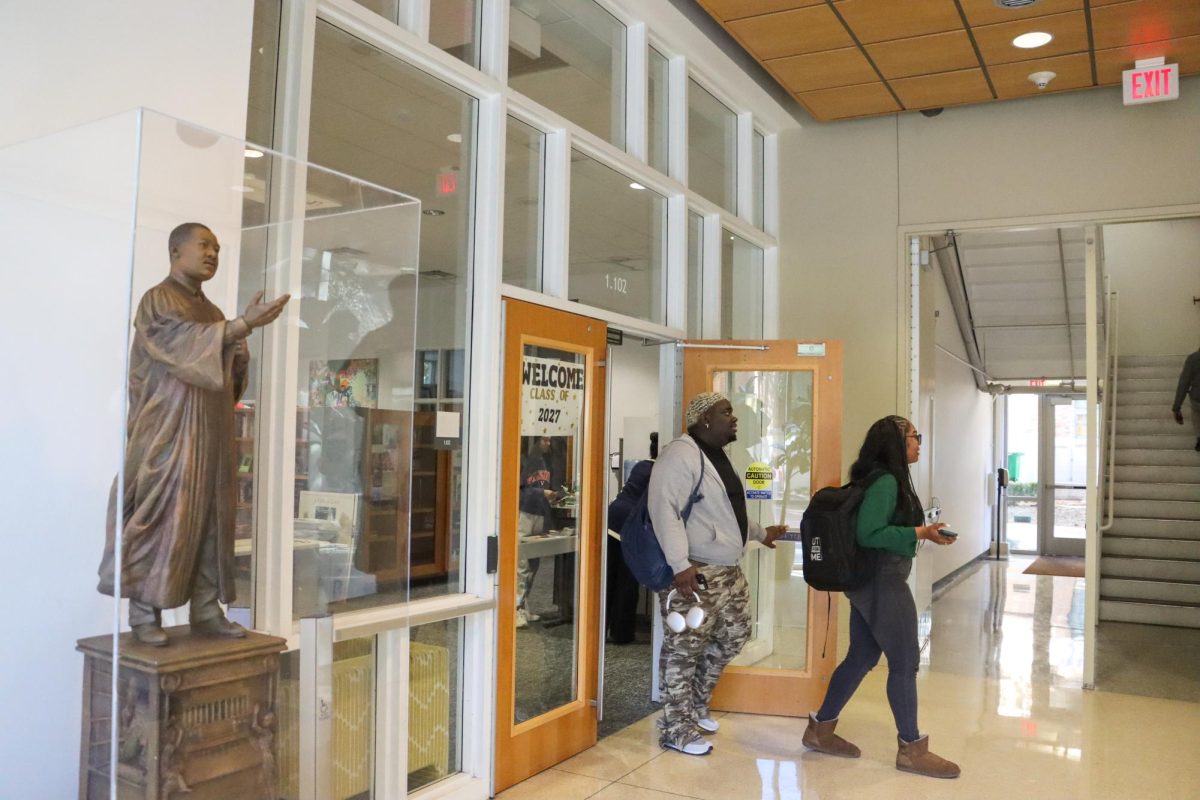Social work senior Fabiola Amaya was in Almetris Duren Residence Hall two years ago when the fire alarm went off. Amaya, who uses a wheelchair, said while others went down the stairs, she couldn’t evacuate. Her mom, who is her full-time caregiver, stayed with her.
“There was this uncertainty of wanting to tell her that she could evacuate via the stairs on her own, but also fearing being left alone,” Amaya said. “Knowing that, as my mom, she wouldn’t just leave me behind, (there) was a lot of fear.”
Although she was not physically injured during the incident, Amaya said she worried for her safety moving forward.
“I was never able to fully be relaxed in my own dorm,” Amaya said. “I was always on edge waiting for the next thing to happen.”
Amaya and other advocates proposed Senate Bill 752 to improve evacuation procedures for students with disabilities, which the Senate Committee on Education K-16 received on Feb. 7. If passed, the measure would require public universities to install evacuation assistance devices in buildings with two or more floors.
“When it was filed, it was really exciting to see all of the work we have been doing for the last two years finally came to something,” Amaya said.
Linda Litzinger, the advocacy and policy director for Texas Parent to Parent, an organization supporting families with children with disabilities, said evacuation chairs can help people with disabilities leave buildings safely. During an emergency, she said a person would assist a person with disabilities in opening the chair, helping them sit and travel down stairs.
“You could have one in each dorm floor that had somebody in a wheelchair,” Litzinger said. “You could have it in the building of their major … Any step toward this would be good.”
However, Amaya said a single chair can cost between $500 to $2,000.
“The biggest concern is that people would see the price and deem it not worth it,” Amaya said. “But I would bring (up the) question of ‘How much is a person’s life worth?’”
Several public universities do not have evacuation chairs, though some like UT-El Paso and Texas Woman’s University do, according to their respective websites. Jennifer Maedgen, the UT disability and access coordinator, said in an email UT-Austin does not own these devices.
“The majority of our buildings are fully sprinkled, emergency personnel are able to get onsite very quickly during an emergency, and these personnel have access to evacuation devices and are trained to use them,” Maedgen wrote. “It is difficult to know who will be in a building at any given time and people who are unfamiliar or trained how to use evacuation chairs can be injured (or injure the person they are trying to transport) while using them.”
Cole Glosser, a peer policy fellow for advocacy organization Coalition of Texans with Disabilities, said despite the barriers, implementing the bill is important.
“It’s also just imperative … to make sure that all (college) students are accounted for and included in that planning process,” Glosser said.
Amaya said she and other supporters of the bill plan to testify at the Texas State Capitol. If approved, she said it can save lives.
“Knowing that disabled people coming after me are not going to have to worry about this would be the best outcome,” Amaya said.




















